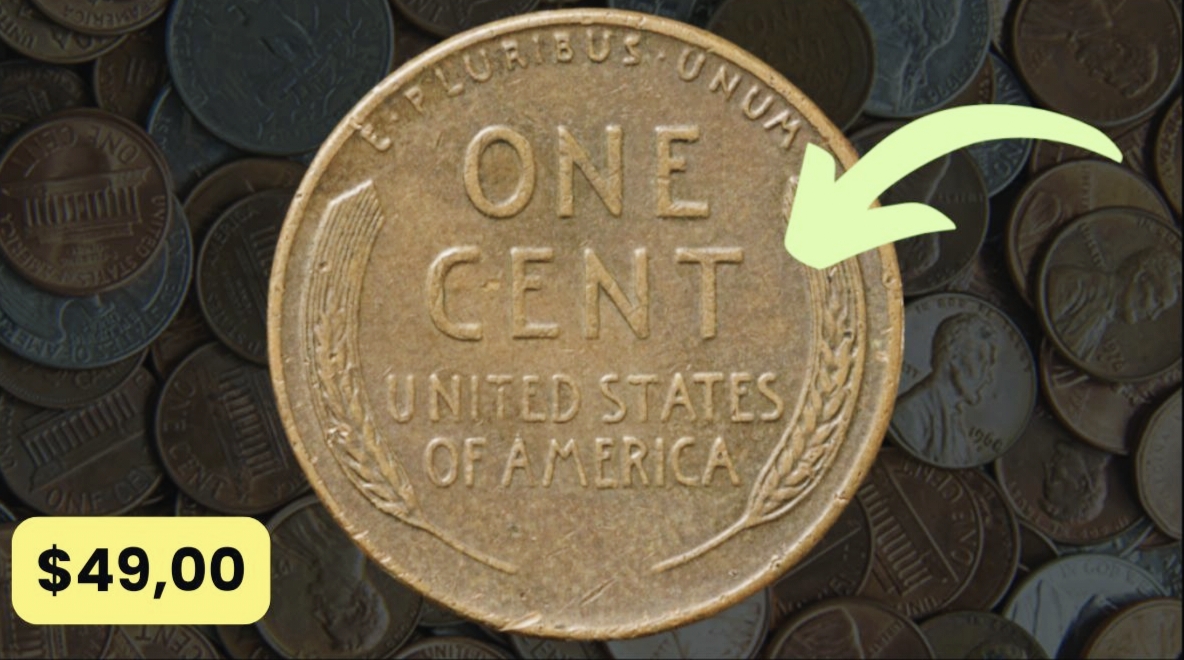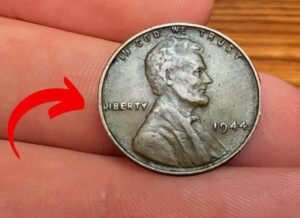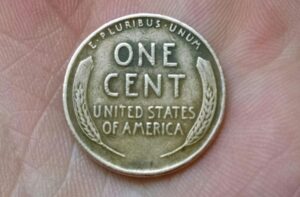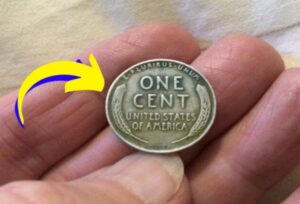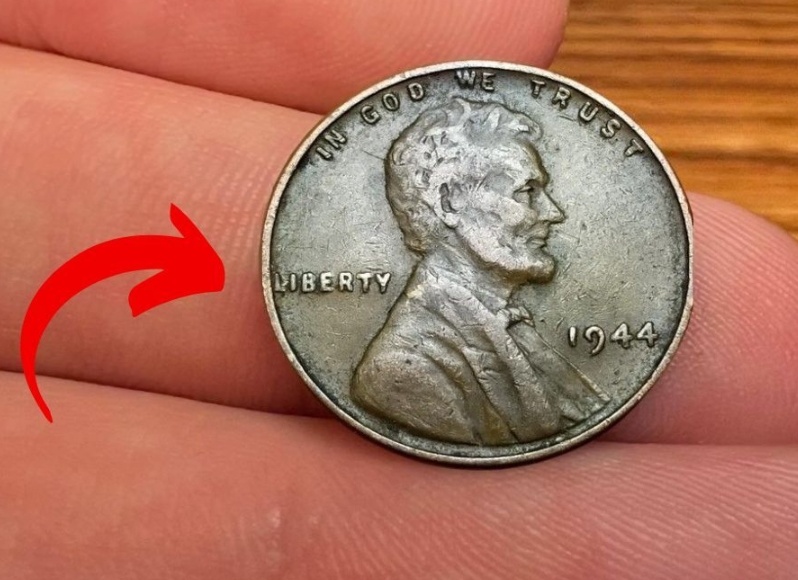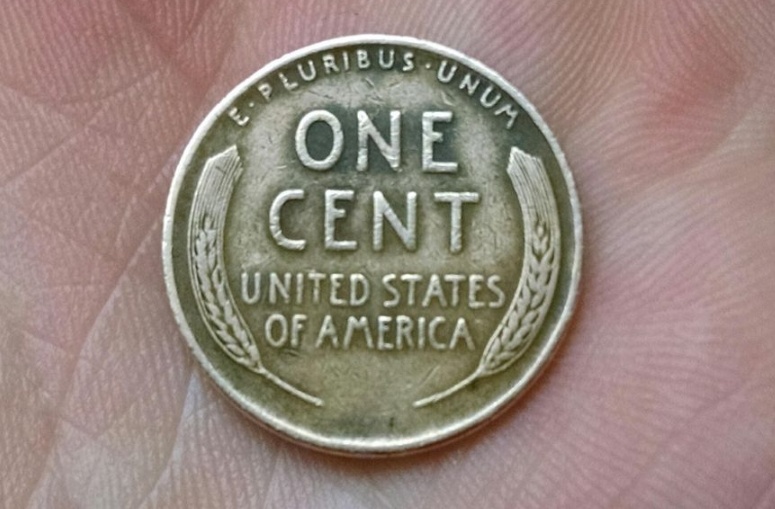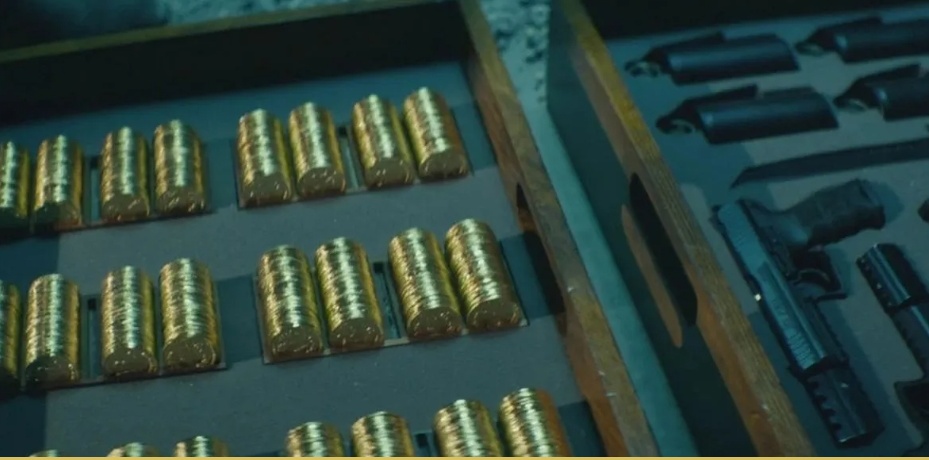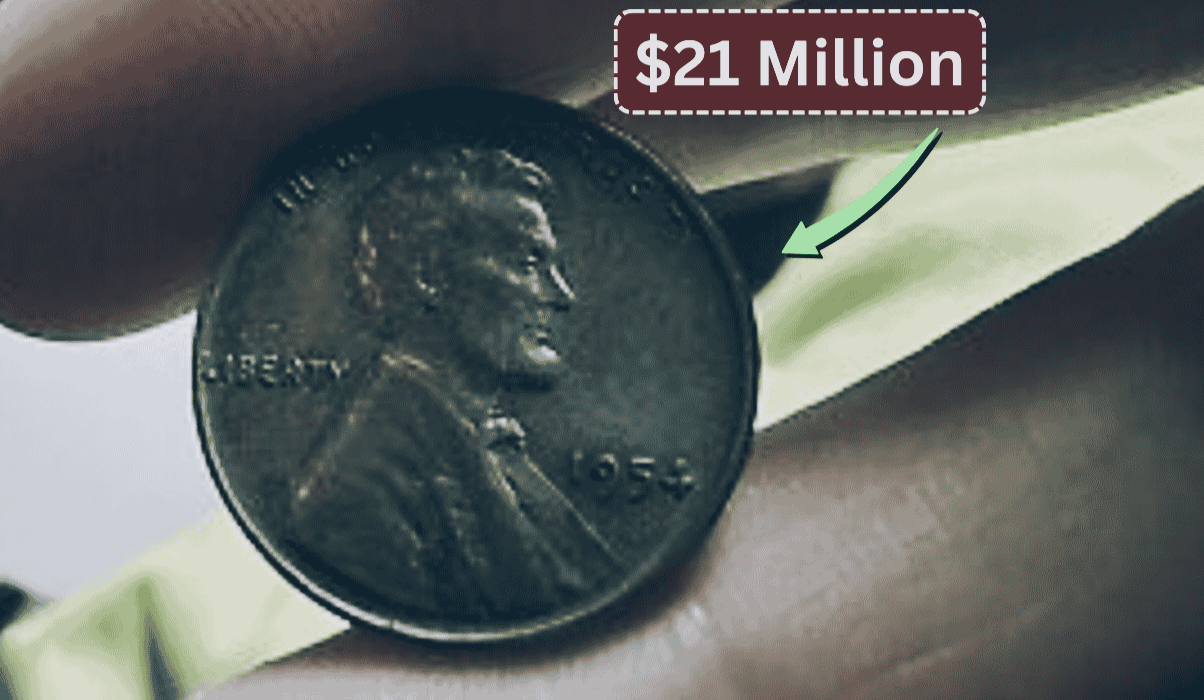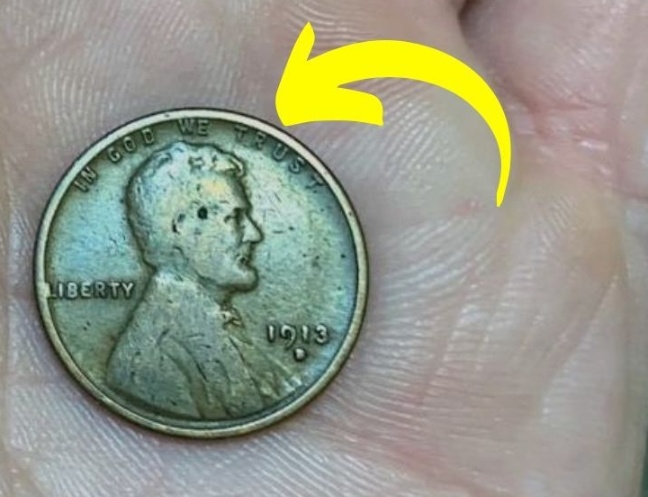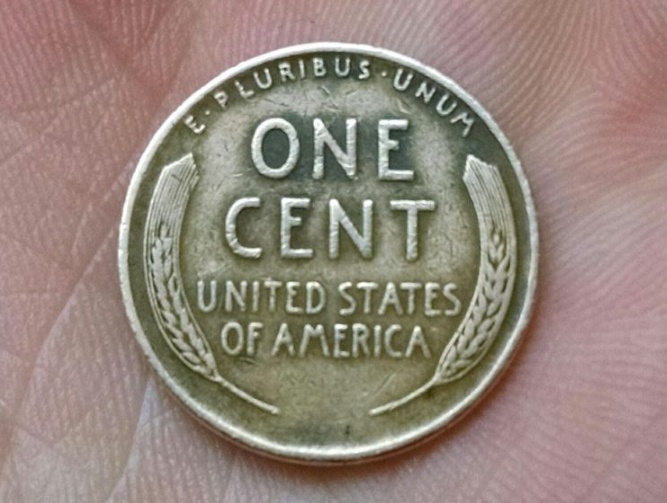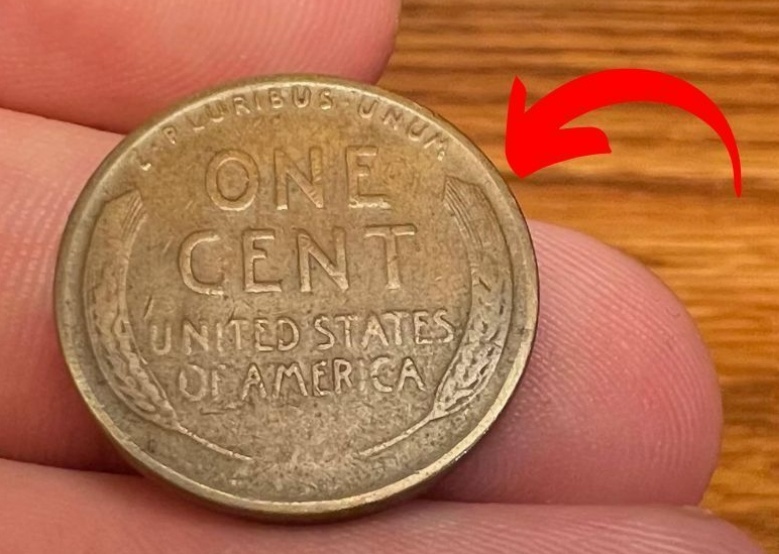The Lincoln Wheat Penny, often called the “Wheat Cent,” was first minted in 1909 to honor the 100th anniversary of President Abraham Lincoln’s birth. Designed by sculptor Victor David Brenner, it was groundbreaking as the first U.S. coin to feature a real person instead of symbolic figures like Lady Liberty. The obverse shows Lincoln’s profile, while the reverse displays two wheat stalks framing “ONE CENT” and “UNITED STATES OF AMERICA.”
Minted until 1958, billions of these pennies circulated across the USA. Most are worth just a cent, but rare varieties with specific mint marks, errors, or low mintage can command prices like $49,000 or more. Why are some so valuable? Let’s find out.
Why Are Some Lincoln Wheat Pennies Worth $49,000?
The value of a Lincoln Wheat Penny depends on three key factors: rarity, condition, and historical significance. Here’s a closer look:
Rarity: Low Mintage and Mint Marks
Some pennies were minted in smaller quantities, making them scarce. For example, the 1909-S VDB penny, with only 484,000 minted in San Francisco, is a collector’s holy grail. The “VDB” initials (for designer Victor David Brenner) were removed after public backlash, making these early coins ultra-rare. In top condition, a 1909-S VDB can fetch $49,000 or more at auction.
Other rare dates include the 1914-D (1.2 million minted) and 1931-S (866,000 minted). Mint marks—“S” for San Francisco or “D” for Denver—under the date add to their value.
Condition: Grading Matters
A penny’s condition is critical. Coins are graded on a scale from 1 to 70 by services like PCGS or NGC. A “Mint State” (MS) coin with no wear, especially in “Red” condition (retaining its original copper shine), can skyrocket in value. For instance, a 1909-S VDB in MS-65 Red condition sold for $49,200 in 2020. Worn coins, even rare ones, are worth far less.
Historical Significance: Errors and Stories
Minting errors can turn ordinary pennies into treasures. The 1943 copper penny is a legendary example. During World War II, pennies were made of zinc-coated steel to save copper. A few bronze planchets from 1942 were accidentally struck in 1943, creating rare copper pennies. Only 10-15 are known to exist, with some valued at $49,000 or more.
Are These Valuable Pennies Still in Circulation?
Yes, it’s possible—though rare—for valuable Lincoln Wheat Pennies to still be in circulation. Pennies can stay in use for decades, especially since they’re often overlooked. Many rare coins end up in change jars, bank rolls, or cash registers due to estate cleanouts or simple oversight.
In 1947, teenager Don Lutes found a 1943 copper penny in his high school cafeteria change. Decades later, it sold for over $200,000 at auction. Stories like this fuel the excitement of coin hunting. While finding a $49,000 penny is like winning the lottery, checking your change could pay off.
How to Spot a Valuable Lincoln Wheat Penny
Ready to hunt for treasure? Here’s how to identify a potentially valuable Wheat Penny:
Step 1: Check the Date and Mint Mark
Look at the date below Lincoln’s bust. Key dates include 1909-S, 1914-D, 1931-S, and 1943. Check for a mint mark (“S” or “D”) under the date. No mark means it was minted in Philadelphia, which is usually less valuable.
Step 2: Look for the “VDB” Initials
On 1909 pennies, check the reverse for “VDB” at the bottom. These are rare and valuable, especially with an “S” mint mark.
Step 3: Test for 1943 Copper Pennies
If you find a 1943 penny, use a magnet. Steel pennies stick; copper ones don’t. A non-magnetic 1943 penny could be worth thousands—get it appraised immediately.
Step 4: Assess Condition
Use a magnifying glass to check for wear. Sharp details, no scratches, and a shiny surface indicate a high-grade coin. Avoid cleaning coins, as it can reduce value.
Step 5: Get a Professional Appraisal
If you suspect a rare penny, consult a numismatic expert or grading service like PCGS or NGC. They’ll authenticate and grade your coin, ensuring you know its true value.
Table: Most Valuable Lincoln Wheat Pennies
| Year/Mint Mark | Key Feature | Estimated Value | Rarity |
|---|---|---|---|
| 1909-S VDB | Designer’s initials | Up to $49,000 | 484,000 minted |
| 1914-D | Low mintage | Up to $40,000 | 1.2 million minted |
| 1931-S | Low mintage | Up to $20,000 | 866,000 minted |
| 1943 Copper | Minting error | Up to $200,000+ | ~10-15 known |
| 1955 Doubled Die | Visible double stamping | Up to $50,000 | ~24,000 released |
Real-Life Stories of Wheat Penny Finds
Coin collecting isn’t just about money—it’s about stories. In 2019, a Massachusetts man found a 1943 copper penny in his father’s old coin jar. Initially skeptical, he had it appraised and discovered it was worth $100,000. These tales inspire collectors to keep searching.
Another story involves a 1909-S VDB penny found in a bank roll by a hobbyist in 2022. Graded MS-64 Red, it sold for $45,000 at auction. These finds show that rare pennies can still surface in unexpected places.
Expert Insights on Coin Collecting
“Wheat Pennies are a gateway to numismatics,” says John Carter, a numismatic expert with 30 years of experience. “Their history and potential value make them perfect for beginners and seasoned collectors alike. Always check your change—rarities are out there.”
Carter advises focusing on condition and authenticity. “A worn 1909-S VDB might be worth $500, but in pristine condition, it’s $49,000. Get coins graded to maximize value.”
Why Wheat Pennies Fascinate Collectors
Beyond their value, Wheat Pennies connect us to history. They circulated during the Great Depression, World War II, and the post-war boom. Holding one feels like touching the past. Their simple design—Lincoln’s stoic profile and the humble wheat stalks—evokes a bygone era.
For collectors, the thrill of the hunt is addictive. Whether you’re sifting through bank rolls or checking grandma’s coin jar, every penny could be a jackpot. Plus, coin collecting is a low-cost hobby that anyone can start.
FAQ: Lincoln Wheat Penny Questions Answered
What makes a Lincoln Wheat Penny valuable?
Rarity, condition, and minting errors drive value. Key dates like 1909-S VDB or 1943 copper pennies are especially prized.
How can I tell if my penny is rare?
Check the date, mint mark, and condition. Look for “VDB” on 1909 pennies or test 1943 pennies with a magnet.
Are Wheat Pennies still in circulation?
Yes, though rare. They can appear in change jars, bank rolls, or cash transactions.
Where can I sell a valuable penny?
Use reputable auction houses, coin dealers, or online platforms like Heritage Auctions. Always get coins graded first.
How do I start collecting Wheat Pennies?
Begin by checking spare change or buying coin rolls from banks. Join online forums or local coin clubs for tips.
Tips to Start Your Coin Collecting Journey
- Get a Magnifying Glass: Spot details like mint marks and errors.
- Buy a Coin Guide: Books like the “Red Book” list values and rarities.
- Join a Community: Online forums like CoinCommunity.com offer advice.
- Store Coins Safely: Use acid-free holders to protect your finds.
- Be Patient: Finding a $49,000 penny takes luck and persistence.
Conclusion: Could You Have a $49,000 Penny?
The Lincoln Wheat Penny is more than a coin—it’s a piece of American history with stories of rarity, error, and discovery. While most are worth just a cent, varieties like the 1909-S VDB or 1943 copper penny can be valued at $49,000 or more. With some still in circulation, your next handful of change could hold a fortune.
So, grab a magnifying glass, check your coin jar, and start hunting. Whether you find a treasure or just enjoy the journey, collecting Wheat Pennies is a rewarding adventure. Have you ever found an old penny? Share your story in the comments below!

